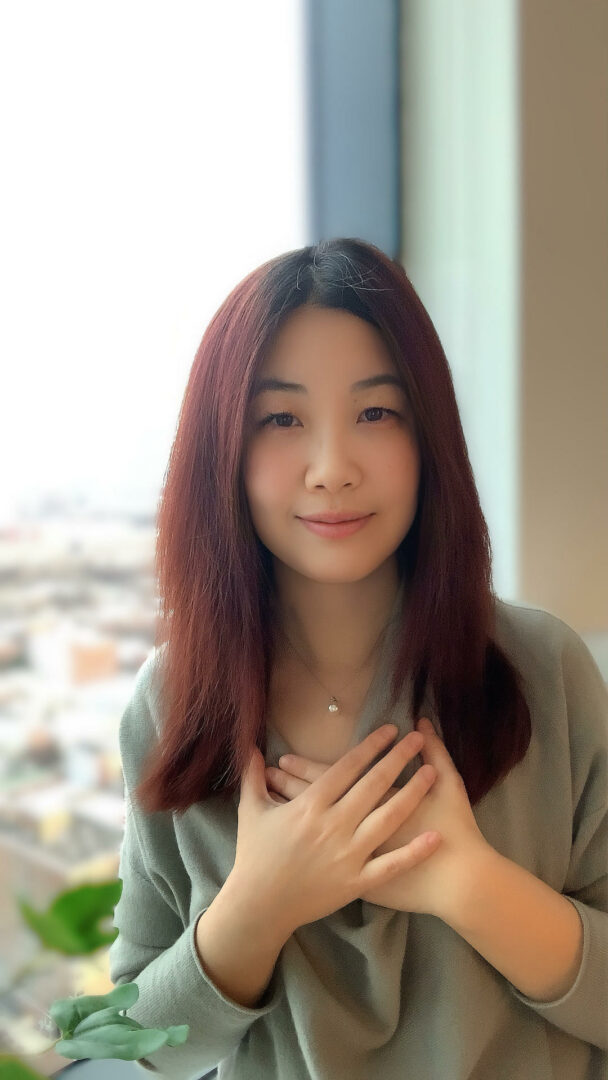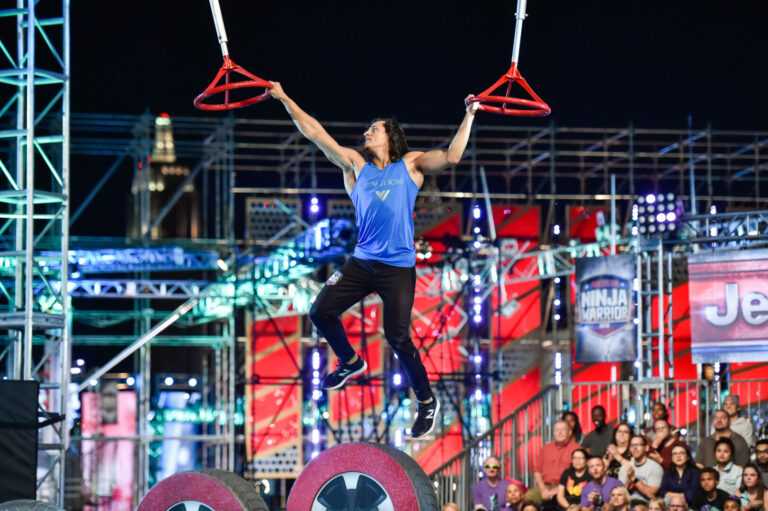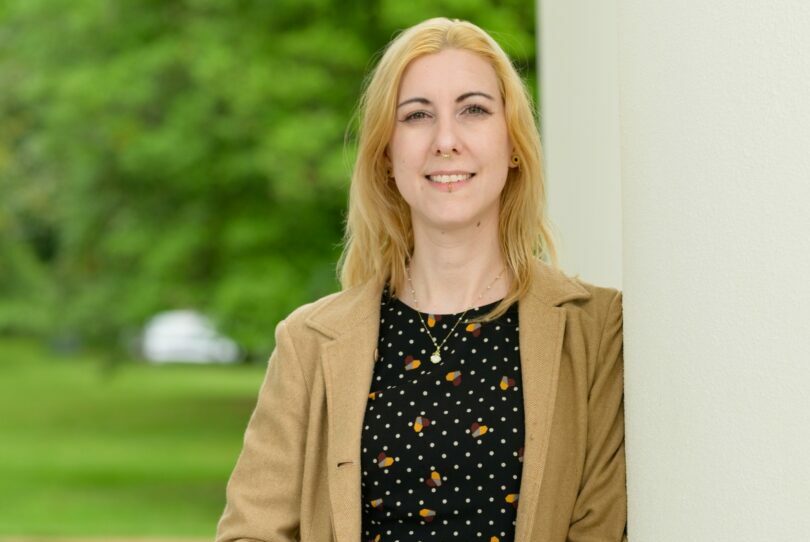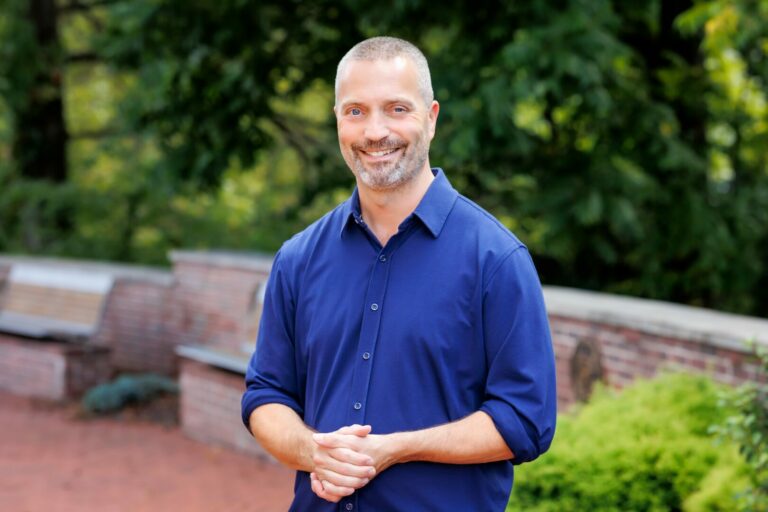We’re looking forward to introducing you to Tracey Zhang. Check out our conversation below.
Good morning Tracey, we’re so happy to have you here with us and we’d love to explore your story and how you think about life and legacy and so much more. So let’s start with a question we often ask: What are you most proud of building — that nobody sees?
What I’m most proud of building — and what almost no one sees — is the inner home I’ve created within myself. From the outside, people have seen the moves, the achievements, the new chapters. But what they don’t see is the countless quiet hours of self-work, the somatic practices, the gentle conversations with my inner child, the unlearning of old conditioning.
What I’ve built is an inner foundation of self-trust, emotional freedom, and belonging that no job title, city, or relationship could ever give me. It’s the thing that allows me to show up for my clients and loved ones with genuine presence. People often see the programs I run or the content I share, but they don’t see the depth of inner healing that makes all of it possible. That invisible work is the thing I’m proudest of.
Can you briefly introduce yourself and share what makes you or your brand unique?
I’m Tracey Zhang, a relocation coach and somatic practitioner. I guide professionals navigating relocation and life transitions to release emotional blocks, trust their intuition, and create an aligned life wherever they land.
At 16, I left home and moved to Shanghai for a better education. Since then, I’ve lived in six different cities around the world. Each move brought achievements but also loneliness, identity shifts, and profound growth. Through that journey I discovered that true peace doesn’t come from a new address — it comes from cultivating inner belonging. Today, I guide others through that same journey of self-discovery.
What makes my work unique is that it’s not just mindset coaching or talk therapy; it’s experiential and body-based. Clients don’t just understand their patterns — they feel the shifts viscerally, which allows them to create lasting change from the inside out. Right now I’m creating programs and resources to help expats and globally mobile individuals navigate change with clarity, confidence, and emotional freedom.
Okay, so here’s a deep one: Who were you before the world told you who you had to be?
Before the world told me who I had to be, I was a curious, intuitive, deeply feeling child who loved to explore and imagine. I wasn’t trying to achieve anything; I was just present, creative, and open-hearted.
Growing up, like many of us, I absorbed expectations about success, achievement, and being ‘the good daughter.’ I became driven, ambitious, and outwardly successful, but disconnected from that original self.
Through my moves across countries and my own inner work, I’ve been re-meeting that little girl — the one who feels deeply, trusts her intuition, and creates from a place of freedom. She’s still here, and she’s the one guiding my work today.
If you could say one kind thing to your younger self, what would it be?
I would tell my younger self: ‘It’s okay to let go and embrace change. You don’t have to cling so tightly to what feels safe — you’ll learn to carry safety within yourself. Every move, every new city, every challenge is teaching you how to build a strong, resilient inner home. Trust yourself, trust your heart, and know that even when the world feels uncertain, you can always come back to yourself.
So a lot of these questions go deep, but if you are open to it, we’ve got a few more questions that we’d love to get your take on. What important truth do very few people agree with you on?
One of the most important truths I’ve discovered — and one that very few people agree with me on at first — is that true belonging isn’t something you ‘find’ in a place, a relationship, or a community. It’s something you cultivate inside yourself. Most of us, myself included, were taught that if we moved to the right city, landed the right job, built the right network, or found the right partner, we’d finally feel at home. But my own life disproved that.
I’ve moved from a small town in northeast China to Shanghai at sixteen, then to Hong Kong, Vancouver, Toronto, and New York. Each move held promise, yet no address, no achievement, and no relationship gave me the deep sense of home I was looking for. It wasn’t until I lost what I thought defined me and began doing somatic work, inner-child healing, and parts work that I experienced a kind of belonging I had never felt before — belonging to myself.
This is why I say inner belonging is not a nice-to-have; it’s the foundation. When you’re anchored in your own authenticity, your nervous system softens, you feel safe in your own skin, and you stop chasing places or people to complete you. From that place, you can create genuine relationships and community anywhere in the world. That idea often surprises people, but it’s been the most liberating and reliable truth in my life.
Before we go, we’d love to hear your thoughts on some longer-run, legacy type questions. When do you feel most at peace?
I feel most at peace when I’m anchored in my own body — when I slow down enough to breathe deeply, soften my nervous system, and feel at home within myself. It’s often in simple moments: sitting in quiet after a morning practice, walking in nature, or being fully present with someone I love. Those are the times when the noise of expectations and constant movement fades, and I can hear my own heart clearly. That’s when I feel truly at peace.
Contact Info:
- Website: https://traceyzhang.com/
- Youtube: https://www.youtube.com/@TraceyZhangCoaching
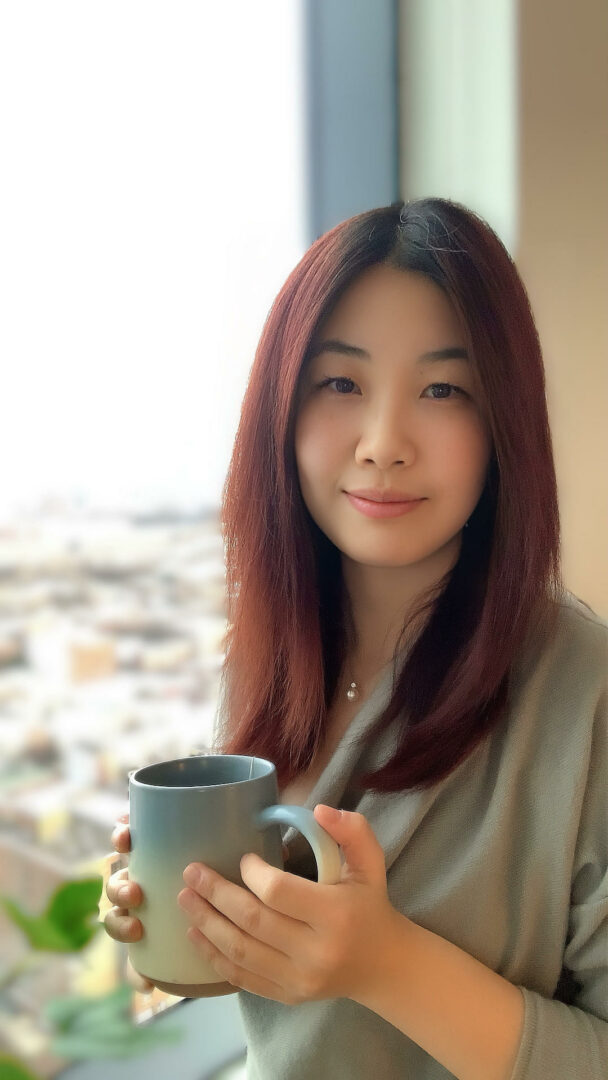

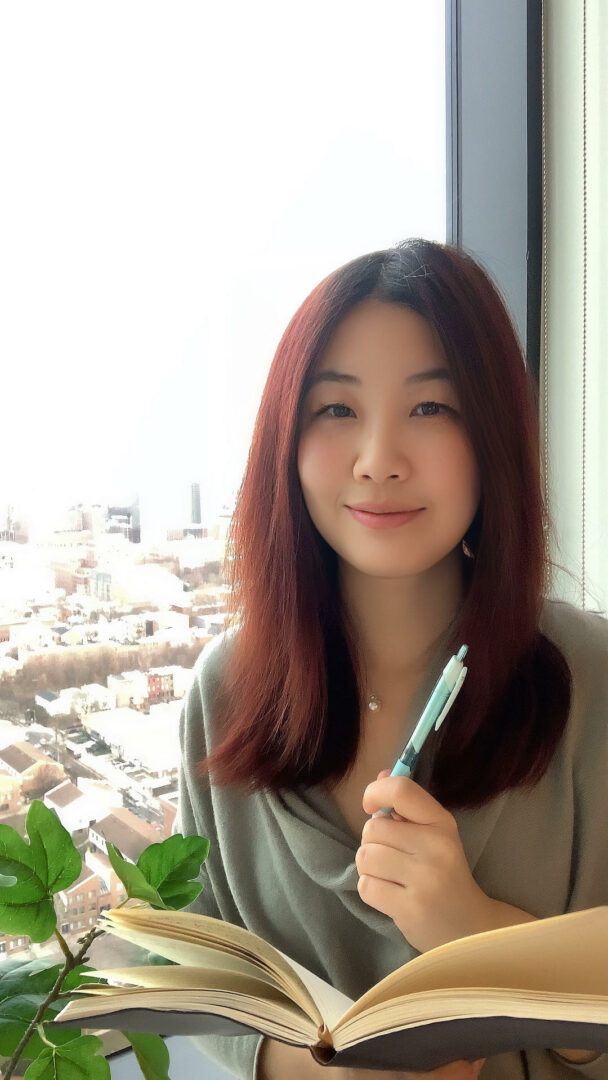
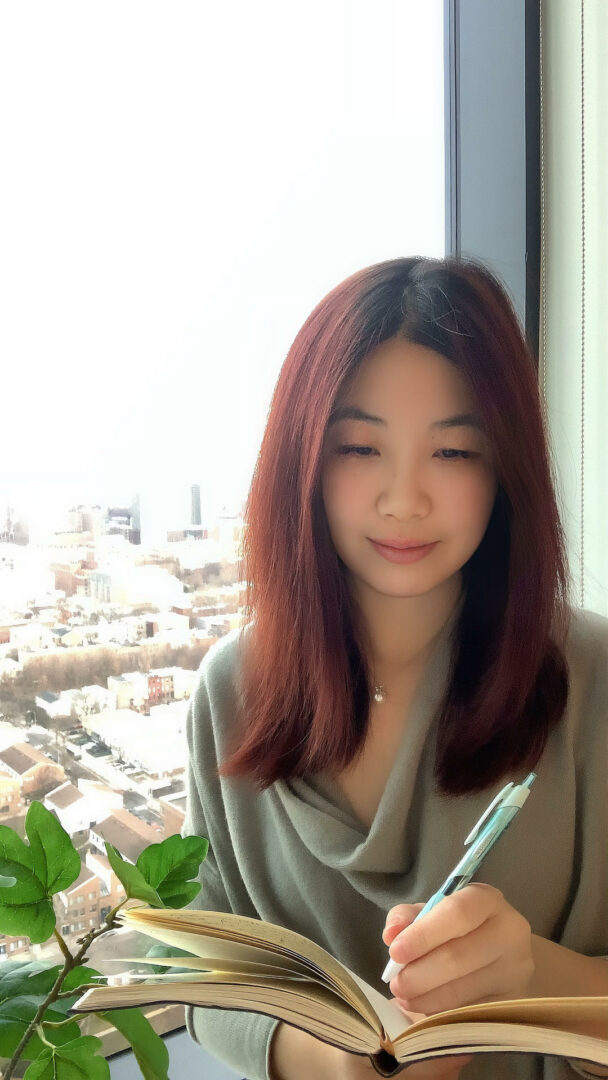
so if you or someone you know deserves recognition please let us know here.

